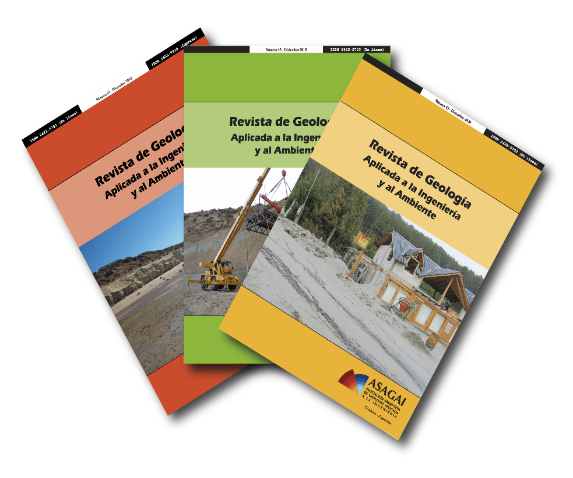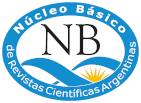Topics
The Journal of Geology Applied to Engineering and the Environment covers a wide list of topics, including:
Geological-engineering aspects in the construction of works and pathologies of the land
- Geological and geotechnical studies in the design and construction of engineering works.
- Geology applied to road engineering, mining activity, hydraulic and hydroelectric projects.
- Forensic Geology.
Thematic cartography
- Geotechnical maps, hazard, susceptibility and risk.
- Use of remote sensing in applied geology studies.
Environmental, urban geology and land use planning
- Environmental evaluation of plans, projects, works, interventions in urban areas.
- Geoindicators, Geophysics and Applied Geochemistry.
- Territorial planning, geological, geomorphological and geotechnical studies linked.
- Pollution and degradation of public and private sites.
- Recovery and rehabilitation of degraded spaces.
- Environmental passives.
Coastal geology
- Coastal retreat problem.
- Coastal management and changes in coastal dynamics
- Exploitation of aquifers and aggregates in coastal areas.
- Coastal pollution and environmental quality of beaches
- Geomorphology and coastal landscape.
Medical geology
- Health conditions of geological origin: asbestos, fluorosis, mining contamination, etc.
Integrated water resources management
- Superficial and underground hydrology. Its interaction.
- Structural and non-structural measures.
- Modeling of aquifers: flow and transport.
Rock and soil mechanics. Fundations
- Geomechanical and hydraulic aspects of soils and rocks. essays
- Mechanical properties and conservation of ornamental rock.
- Impact of construction materials on foundations.
- Geomechanics applied to the exploitation of natural resources.
- Geomechanical modeling.
- Laboratory and field tests – Planning, execution and interpretation.
Metalliferous and non-metalliferous mining and dimension stones
- Environmental aspects
- Social aspects
- Design and monitoring of mining operations
- Slope stability
- Governance
- Mining geomechanics
- Numerical modeling
- Ore control
Geoparks and Geotourism
- Geoparks and geosites: management and case studies
- Management of protected areas
- Geological heritage.
- Protection of sites of geological-paleontological interest.
Geological risk
- Expansivity and collapsibility of soils
- Sinking and subsidence
- Floods
- Vulnerability or pollution of aquifers/water resources
- Mass removal: creeping, flows and landslides. Stability of slopes and embankments.
- Earthquakes: soil liquefaction, active faults, tsunamis, seiches, direct effects
- Active volcanism









